June is National Homeownership Month
Throughout National Homeownership Month, we reflect on our privilege to help 1,450 low-income home repair program participants over the past 16 years. Our program is an agent for change but behind each home repair is a volunteer, donor, or advocate who helped us get there.
Just a few weeks ago, we shared about a funding loss and launched a campaign to help us Bridge the Gap. Just like for each homeowner we’ve served, community members have stepped up to answer the call.
In just a few weeks, supporters exceeded our original $40,000 matching gift, you increased that matching gift to $60,000, and you’ve nearly met the match increase – raising $49,183.
We’re thankful for each donation, prayer, and conversation about how you can help us minimize disruptions for home repair program participants. Donations are still matched! Give now and your donation goes twice as far.
Our organization isn’t alone in navigating challenges of a growing community with strains on affordable housing. Homeownership, and the journey to homeownership, is harder than ever for low-income households.
According to the 2023 Palmetto State Housing Study, the number of households in South Carolina increased by 16.4 percent between 2010 and 2021, compared to just 11.3 percent for the U.S. New households are primarily moving to the coast, Upstate, Midlands, and Charlotte metropolitan areas, putting demand on an already low stock of housing.
Post-2008 recession, there was a period of under building, creating the low supply of housing today. This lack of housing inventory in South Carolina particularly affects houses at lower price points. The number of homes sold in South Carolina for less than $100,000 has decreased by 14.8 percent each year since 2014.
As home affordability continues to affect many prospective buyers, it’s more clear than ever that for many low-income homeowners, the most affordable option is the home they already have.
Home repair protects the existing stock of affordable housing.
Home repair can’t be the only solution to the growing affordable housing shortage. It can reduce the burden to build the number of new units needed to house our communities.
Homeowners & Rebuild Upstate program participants, Eric and Felissa, could see and feel the impact of the repairs immediately. There are no more buckets in the living room. Energy costs are lower. The view of their front yard is visible through newly replaced bay windows. Today, the family is physically and financially stronger due to home repairs.
For both Eric and Felissa, the closing on their home 17 years ago was the best day of their lives. Eric remembers thinking, “I can actually say: This is something I can own one day. It will be mine. I can pass it down through the family.”
It’s not just physical safety – it’s also financial safety.
At the time we interviewed Ms. Tabitha, she was 2 years away from paying off her mortgage. If she had been forced to sell her home, she wouldn’t qualitfy for other resources due to an increased income. High rental costs would have drained any equity she built from the sale, potentially leading to being houseless with her children.
For Ms. Tabitha, Eric and Felissa, and others in similar situations, we’re proud to be a resource that protects their home and financial future. We’re proud of the community stepping up to protect our own program and financial future.

